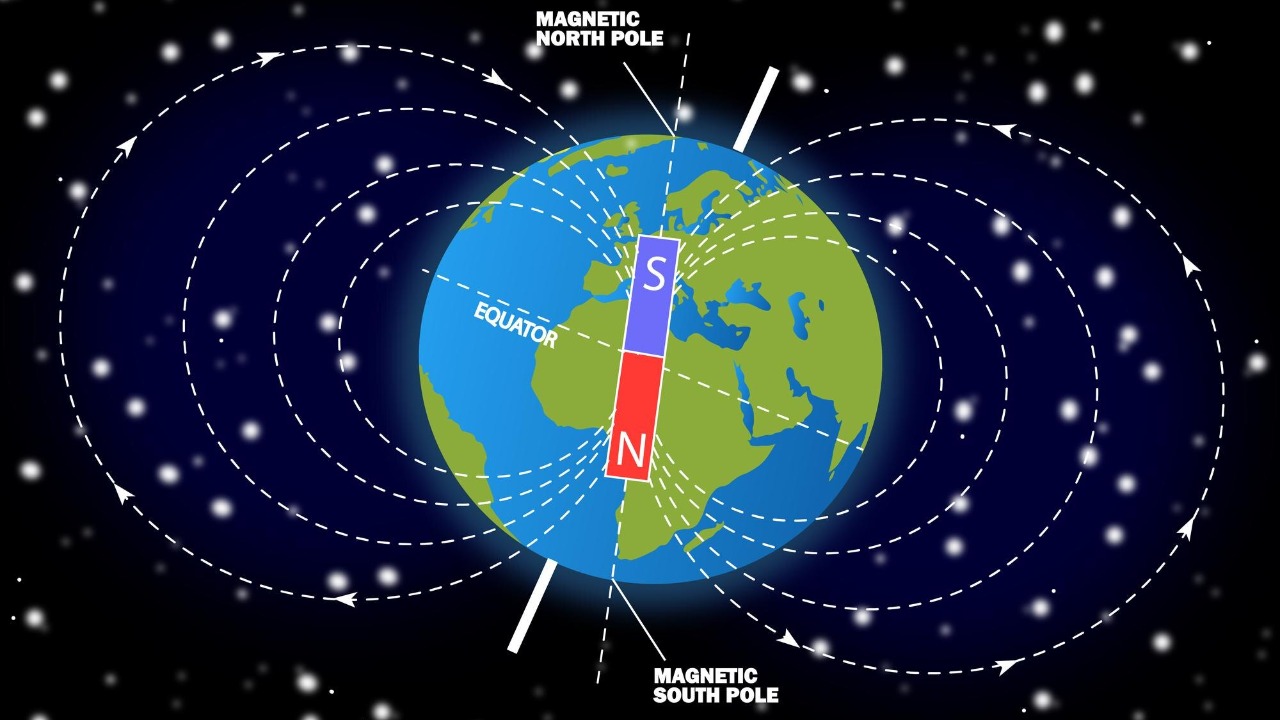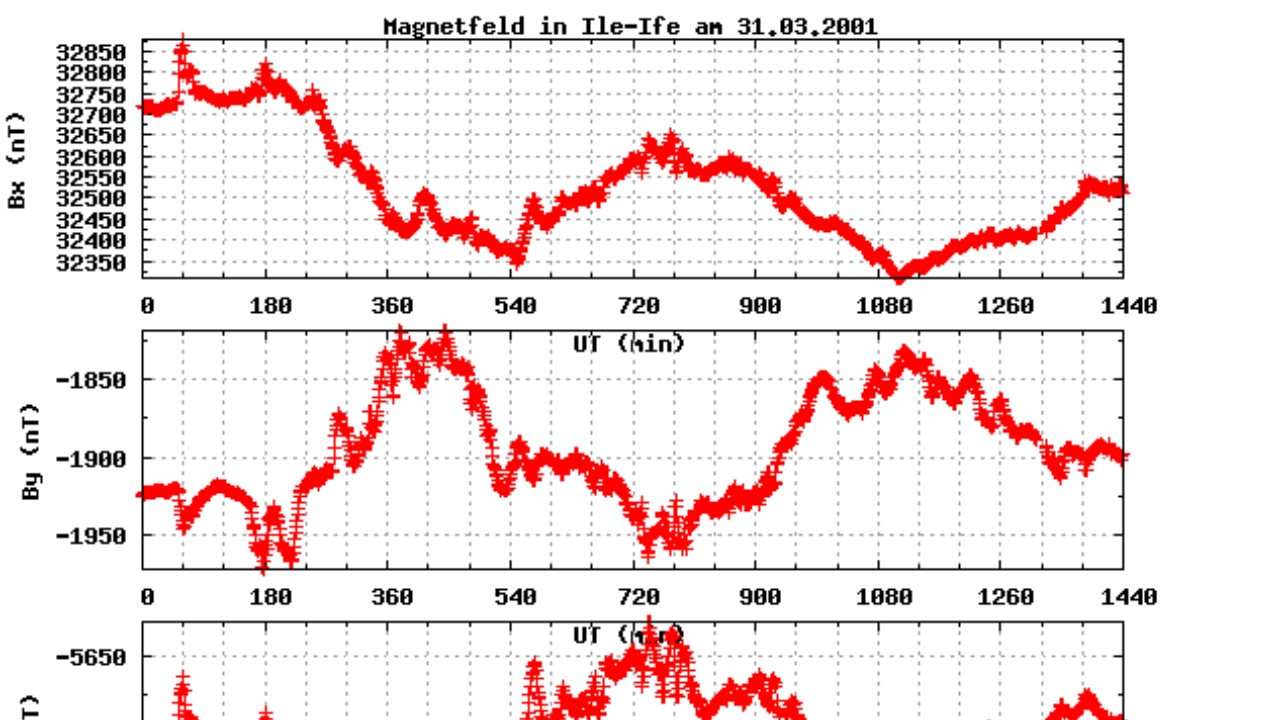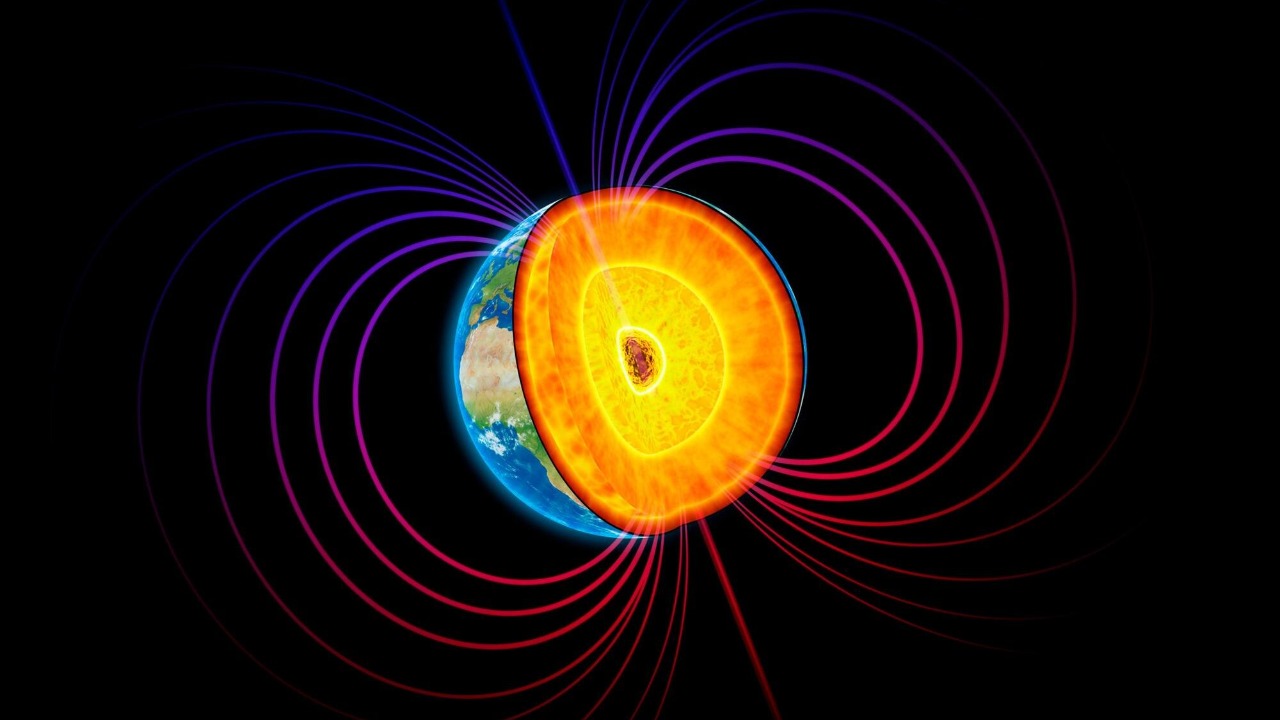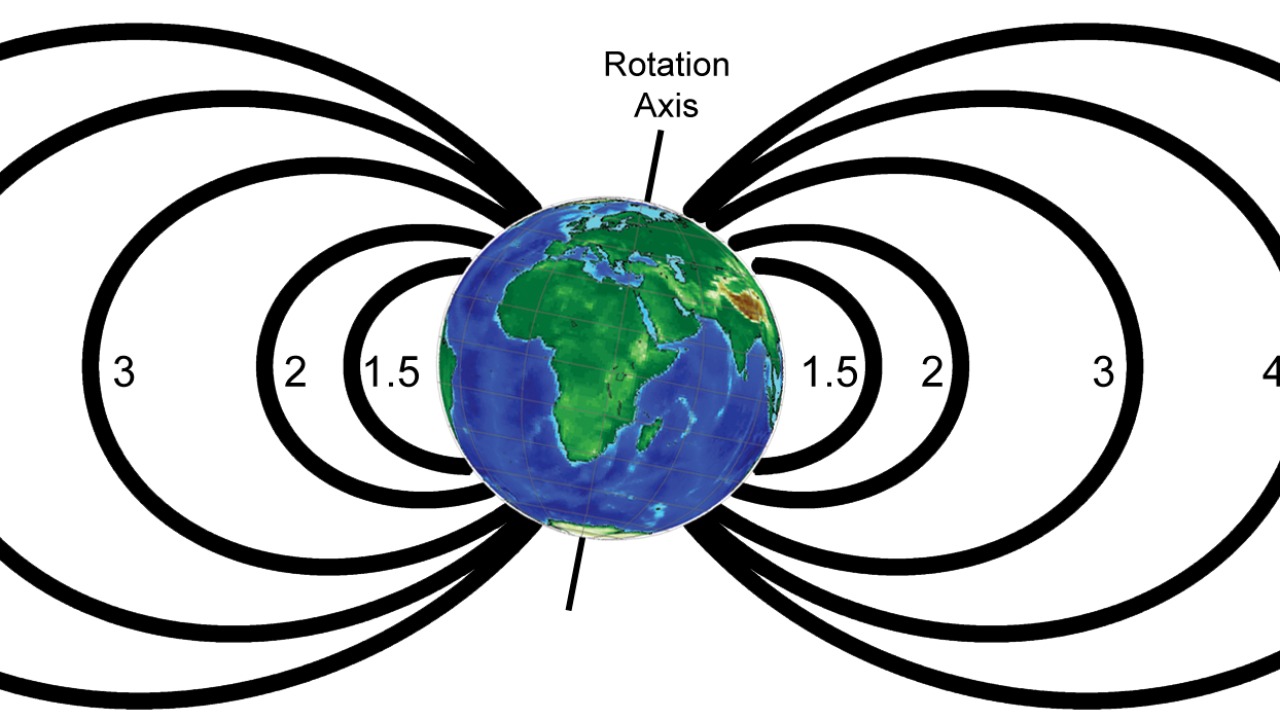
Earth’s magnetic field serves as a critical shield against harmful solar radiation, playing a pivotal role in maintaining life on our planet. Recent scientific studies have revealed a concerning trend: the magnetic field is weakening at a faster rate than previously anticipated. This development poses significant implications for both technology and biological life on Earth, warranting a closer examination of its causes and potential consequences.
The Science Behind Earth’s Magnetic Field

The magnetic field is generated by complex processes occurring in the Earth’s outer core, primarily composed of molten iron and nickel. As the Earth rotates, these materials move, creating electric currents that produce the magnetic field. This invisible shield extends far into space, forming a protective barrier known as the magnetosphere, which deflects harmful solar winds and cosmic radiation.
Historically, the Earth’s magnetic field has experienced fluctuations in strength and polarity. Paleomagnetic studies, which analyze the magnetic properties of ancient rocks, indicate that the field has undergone numerous reversals, where the magnetic north and south poles switch places. These reversals occur over hundreds of thousands of years, with the last major reversal occurring approximately 780,000 years ago.
Scientists utilize various models to study and predict changes in the magnetic field. These models help researchers understand the field’s behavior over time and assess potential future shifts. By integrating satellite data, paleomagnetic records, and computational simulations, these models provide valuable insights into the dynamics of Earth’s magnetic field.
Current Observations and Findings

Recent research has documented significant shifts in the magnetic north pole, moving from Canada towards Russia at an accelerating pace. This movement, described as unprecedented, has prompted scientists to update navigational models more frequently to ensure accurate compass readings.
Data collected from satellites, such as the European Space Agency’s Swarm mission, provide critical insights into the current state of the magnetic field. These satellites have detected a measurable weakening of the field, particularly in the South Atlantic Anomaly, a region where the field is significantly less intense. This decline raises concerns about increased vulnerability to solar radiation in affected areas.
Regional variations in the magnetic field’s strength and behavior are influenced by numerous factors, including the composition of the Earth’s core and mantle. For instance, the South Atlantic Anomaly may be linked to anomalies in the core-mantle boundary, where varying temperatures and material compositions can affect the field’s characteristics.
Potential Implications of a Weakening Magnetic Field

The weakening magnetic field poses potential threats to technological systems that rely on accurate navigation and positioning. Compasses, GPS systems, and even smartphones depend on precise magnetic data. Additionally, satellites orbiting Earth could experience increased exposure to cosmic radiation, potentially disrupting communications and data transmission.
Biological systems could also be affected by a weakening magnetic field. Many species, such as migratory birds and sea turtles, rely on Earth’s magnetic field for navigation. Changes in the field’s intensity or structure could disrupt their migratory patterns, leading to ecological consequences. Human health may also be impacted by increased exposure to cosmic radiation, although the extent of these effects remains a subject of scientific investigation.
There is a common misconception that variations in the magnetic field directly cause climate change. However, NASA researchers clarify that while the magnetic field can influence climate through solar radiation interactions, it is not a primary driver of current climate change trends. Understanding this distinction is crucial in addressing public concerns about the field’s impact on climate.
Future Predictions and Preparations

The possibility of a geomagnetic reversal, where the north and south poles switch places, has intrigued scientists for decades. While a full reversal is not imminent, historical records suggest that such events can take thousands of years to complete. Ongoing research aims to better understand the conditions that lead to reversals and assess the likelihood of future occurrences.
Scientific preparedness is essential in monitoring and predicting changes in the magnetic field. Organizations like the European Space Agency and NASA continue to invest in satellite missions and ground-based observations to track the field’s behavior. These efforts are crucial in developing models that can forecast potential disruptions and guide mitigation strategies.
Technological innovations play a vital role in adapting to potential challenges posed by a weakening magnetic field. Advances in satellite technology, such as radiation-hardened components, can enhance resilience against increased cosmic radiation exposure. Additionally, improved navigation systems that incorporate multiple data sources can provide more accurate and reliable positioning.
Ongoing Research and Public Engagement

International collaborations are key to advancing our understanding of Earth’s magnetic field. Projects like the International Geomagnetic Reference Field (IGRF) involve scientists from multiple countries working together to update global magnetic models. These partnerships facilitate the sharing of data and expertise, enhancing our ability to respond to magnetic field changes.
Public awareness and engagement are crucial in preparing for potential impacts of a weakening magnetic field. Educational initiatives and outreach programs aim to inform the public about the significance of the magnetic field and the science behind its variations. By fostering greater understanding, these efforts can help communities anticipate and adapt to future changes.
Continued funding and support for research into the Earth’s magnetic field are essential for advancing scientific knowledge and technological innovations. As the field continues to evolve, investment in research initiatives will ensure that societies are equipped to face potential challenges. Studies, such as those published in journals like ScienceDirect, provide valuable insights that can shape future research directions and policy decisions.